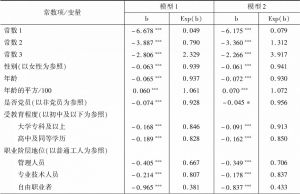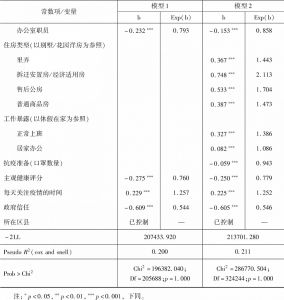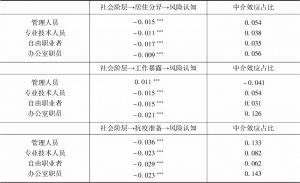论文
居住分异、工作暴露与抗疫准备:不同社会阶层对新冠病毒的风险认知研究
摘要
以往有关大规模传染性疾病的风险认知研究主要借用一般风险认知框架予以解释,较少关注到传染病自身特性对风险认知的影响。本文将环境暴露性和抗疫准备作为中介变量构建了社会阶层影响新冠病毒风险认知的理论模型,并提出居住分异、工作暴露和抗疫准备假设。本文采用“新冠肺炎疫情期间上海居民生活状况调查”数据对上海居民的风险认知状况进行了评估和解释。研究发现,疫情暴发初期,上海居民对新冠病毒的恐惧水平较高,但中产阶层相对于普通工人阶层而言,风险认知水平较低。中介效应分析显示,除了管理人员在工作暴露方面处于劣势之外,其他中产阶层成员在居住社区类型、工作暴露和抗疫准备等方面相对于普通工人阶层都具有显著优势,部分解释了不同社会阶层之间风险认知水平的差异。
参考文献 查看全部 ↓
检索正文关键字
论文目录
- 一 引言
- 二 风险认知水平差异的影响因素综述
- 三 理论构建与研究假设
-
四 研究设计
- (一)研究策略
- (二)变量设计
- 1.因变量
- 2.自变量
- 3.控制变量
- (三)数据来源与分析模型
-
五 数据分析
- (一)疫情初期上海城市居民对新冠病毒的风险认知水平及影响因素
- (二)社会阶层与风险认知
- (三)工作暴露、抗疫准备与风险认知
- (四)中介效应分析
- 六 结论与讨论
查看更多>>>






